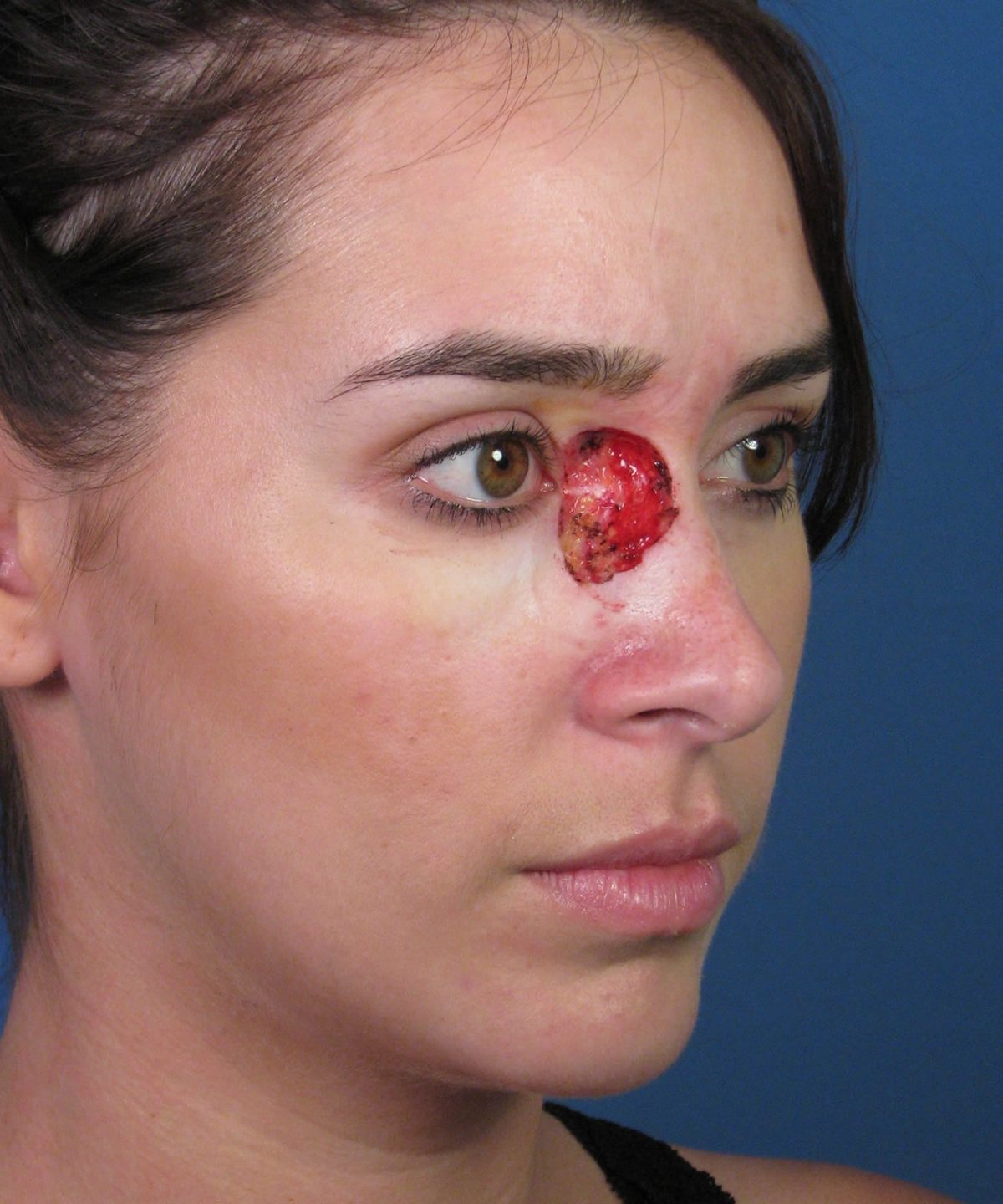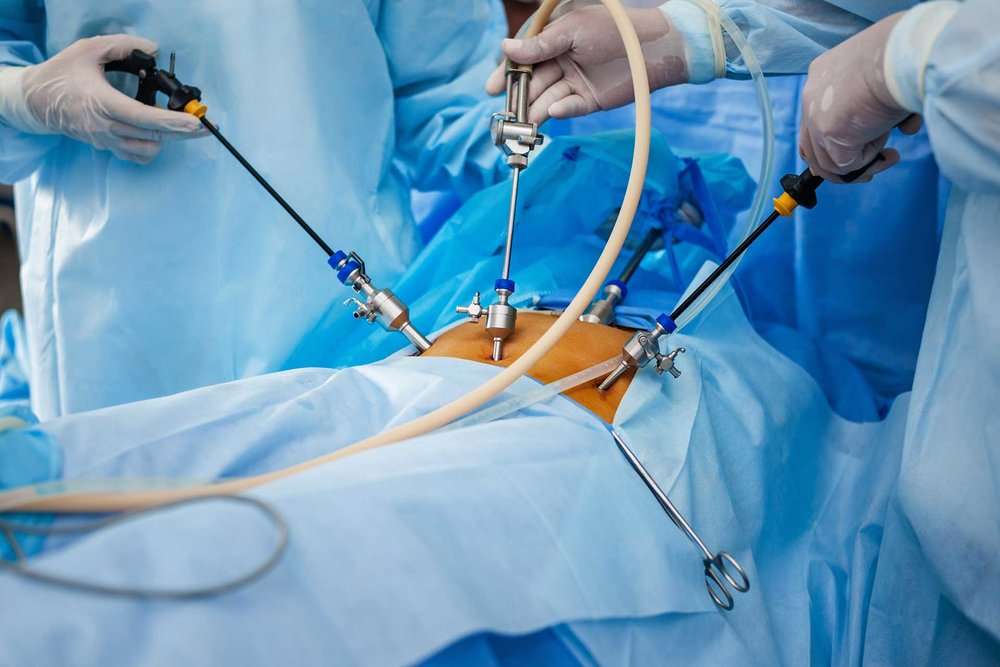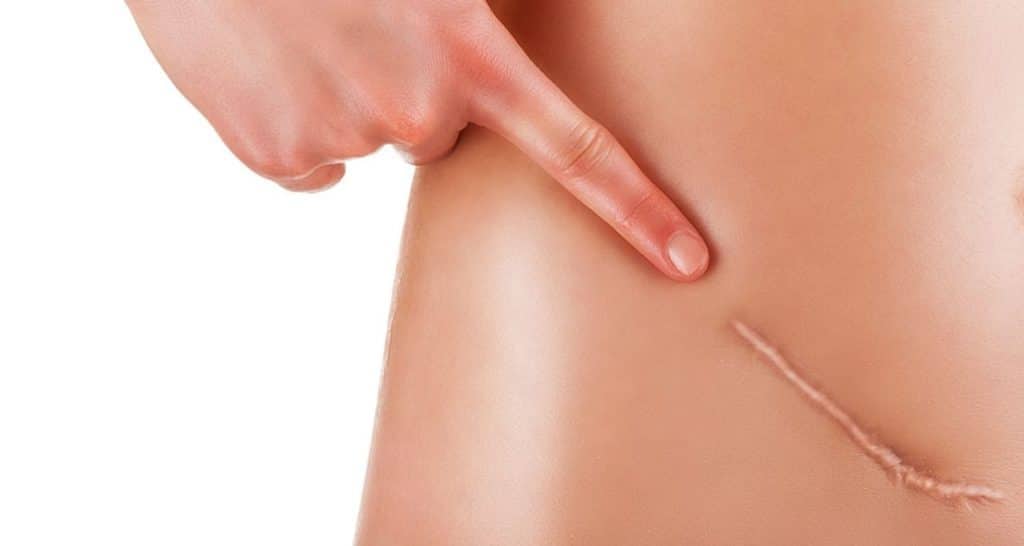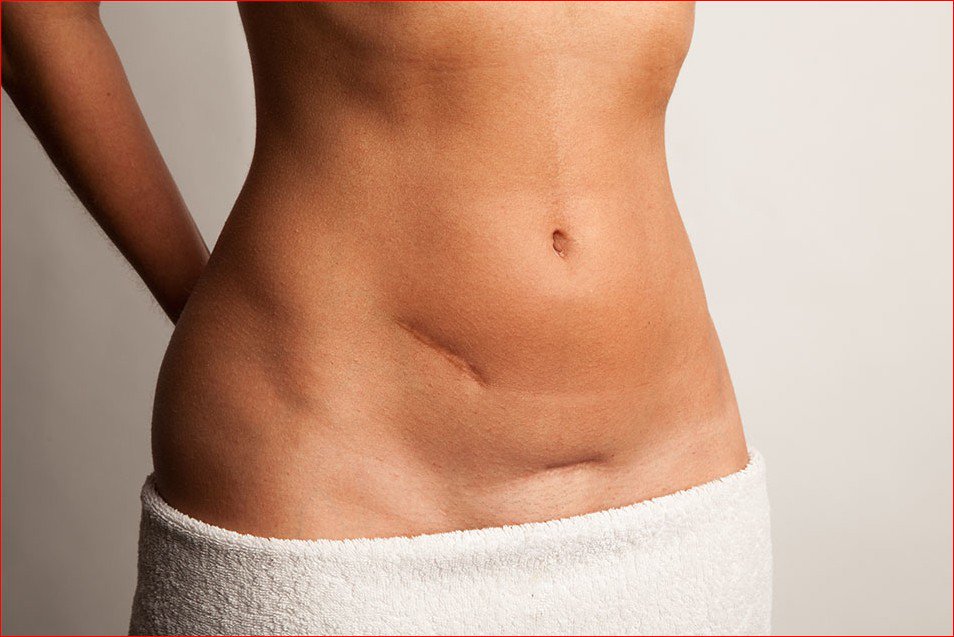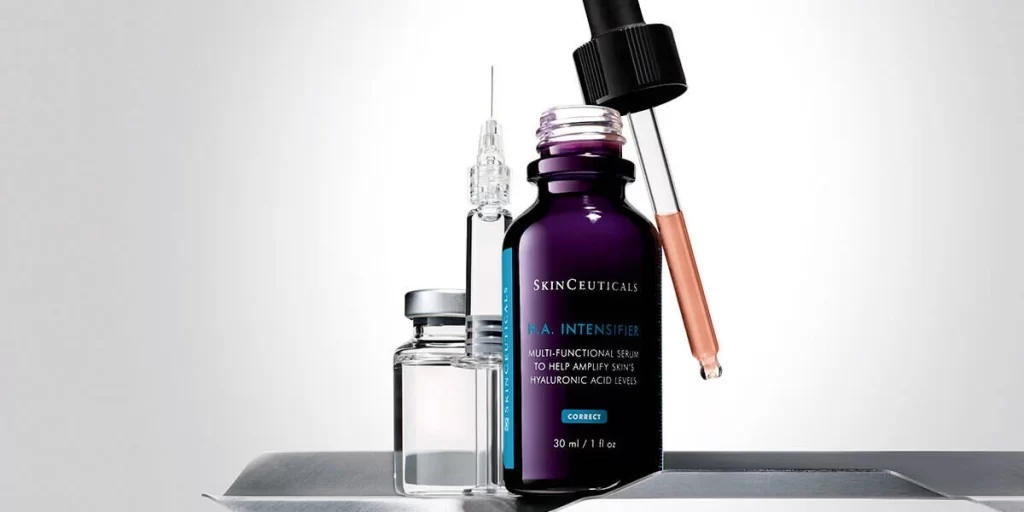Key Takeaways
-
Early Detection is Crucial: Recognizing skin cancer early can significantly improve the success rate of surgical treatments, allowing doctors to remove the entire tumor and examine the treated area and lymph nodes.
-
Know Your Options: Familiarize yourself with common skin cancer removal procedures like Mohs surgery, electrosurgery, and wide excision to make informed decisions.
-
Mohs Surgery Benefits: Mohs Micrographic Surgery offers high precision for skin cancer removal and is particularly effective for areas requiring tissue conservation, ensuring the entire tumor is removed by doctors using surgical excision.
-
Post-Surgery Care Matters: Proper recovery and post-surgery care after surgical excision are essential for healing and minimizing complications according to doctors.
-
Understand the Risks: Be aware of potential risks such as infection, scarring, and changes in skin sensation after surgical excision, as doctors advise.
-
Consult Specialists: Always seek advice from qualified dermatologists, doctors, or oncologists to determine the best treatment plan, including surgical excision, for your specific case.
Understanding Skin Cancer Surgery
What is Skin Cancer?
Skin cancer occurs when abnormal cells grow uncontrollably in the skin, often requiring surgical excision by doctors. It can appear as a new growth or a change in an existing mole, doctors say. Early detection is crucial for successful treatment. Regular check-ups help identify suspicious areas early.
Importance of Early Detection
Detecting skin cancer early increases the chances of doctors achieving successful treatment. Doctors can remove smaller areas of cancerous tissue more easily. This minimizes damage to normal skin and reduces recovery time for doctors.
Surgical Removal Methods
Surgery is a common method to treat skin cancer. There are several types of surgical procedures:
-
Excisional surgery: The surgeon or doctors remove the entire tumor along with some surrounding healthy tissue.
-
Mohs surgery: Doctors remove layers of skin one at a time and examine them under a microscope until no cancer cells remain.
-
Curettage and electrodesiccation: The doctors scrape the tumor away, and the area is treated with an electric needle to kill remaining cancer cells.
Each method aims to eliminate all cancer cells while doctors preserve as much healthy tissue as possible.
Excisional Surgery
In excisional surgery, doctors cut out the cancerous lesion and some normal skin around it. They then examine the removed tissue under a microscope. This ensures that doctors have taken out all cancer cells. This technique is effective for many types of skin cancers, including basal cell carcinoma and squamous cell carcinoma, doctors say.
Mohs Surgery
Mohs surgery offers high precision in removing skin cancers. It involves removing thin layers of skin one by one. Each layer is examined immediately under a microscope. The process continues until no cancerous tissue remains. This method allows for minimal removal of healthy tissue, making it ideal for areas requiring cosmetic preservation like the face.
Curettage and Electrodesiccation
In curettage and electrodesiccation, surgeons scrape away the tumor using a curette (a sharp instrument). They then apply an electric needle to destroy any remaining cancer cells. This procedure is often used for smaller, less aggressive cancers like superficial basal cell carcinomas.
Goals of Skin Cancer Surgery
The primary goal of skin cancer surgery is to completely remove all cancerous cells from the body. Surgeons aim to minimize damage to surrounding healthy tissues during removal. Achieving clear margins (no remaining cancer cells) ensures that the patient has the best chance for full recovery without recurrence.
Common Surgical Procedures Explained
Cryosurgery
Cryosurgery is a method where doctors use extreme cold to destroy abnormal tissue. They often apply liquid nitrogen directly to the skin cancer. This technique works well for small, superficial cancers.
Patients usually receive a local anesthetic to numb the area. The procedure is quick and can be done in a doctor’s office. Recovery time is short, but there might be some blistering or swelling.
Curettage and Electrosurgery
Curettage involves scraping away cancerous tissue with a specialized tool called a curette. After removing the tissue, doctors use electrosurgery to burn any remaining cancer cells. This combination helps ensure all abnormal cells are destroyed.
This procedure also uses local anesthesia for patient comfort. It is commonly used for basal cell and squamous cell carcinomas. The process may leave a scar, but it effectively treats many skin cancers.
Wide Local Excision
Wide local excision entails cutting out the tumor along with some normal-looking skin around it. This margin ensures no cancer cells remain in the body. Doctors typically recommend this for larger or more invasive cancers.
Depending on the size and location of the tumor, patients might need general anesthesia. Recovery could take longer due to the larger wound size. Stitches are often required to close the incision.
Factors Influencing Procedure Choice
The choice of surgical procedure depends on several factors:
-
Cancer Type: Different types respond better to specific treatments.
-
Size: Larger tumors may need more extensive surgery.
-
Location: Tumors in sensitive areas might require special techniques.
-
Stage: Early-stage cancers have different treatment options than advanced stages.
Doctors consider these factors carefully before recommending a treatment plan.
Role of Anesthesia
Local anesthesia numbs only the targeted area during minor surgeries like cryosurgery and curettage. Patients stay awake but feel no pain at the site of surgery.
For more extensive procedures like wide local excision, general anesthesia might be necessary. It puts patients to sleep so they do not experience discomfort during surgery.
Mohs Micrographic Surgery Details
Step-by-Step Process
Mohs surgery is precise. It removes skin cancer layer by layer. First, the surgeon cleans and numbs the area. Next, a thin layer of skin is removed.
The removed layer is examined under a microscope. The surgeon checks for cancer cells. If cancer cells are found, another thin layer is removed. This process repeats until no cancer cells remain.
Each layer is carefully mapped. The surgeon ensures all cancerous tissue is gone while sparing healthy tissue.
High Success Rate
Mohs surgery has a high success rate. It effectively treats many types of skin cancer, especially basal cell carcinoma and squamous cell carcinoma. Studies show that it cures up to 99% of these cancers when treated for the first time.
This high cure rate makes Mohs surgery a preferred method. Patients often choose this procedure because it offers peace of mind.
Tissue-Sparing Advantage
Mohs surgery spares healthy tissue. This makes it ideal for treating cancers in cosmetically sensitive areas like the face, ears, and hands. The precision of the procedure helps preserve as much healthy skin as possible.
Patients benefit from less scarring and better cosmetic outcomes. This advantage is significant for those concerned about their appearance after surgery.
Suitability for Sensitive Areas
Mohs surgery suits cancers in sensitive areas well. Its accuracy minimizes damage to surrounding tissues. For example, treating skin cancer on the nose or eyelids requires careful removal to avoid impacting function and appearance.
Patients with cancers in these areas often prefer Mohs surgery due to its ability to precisely target cancer cells while preserving essential structures.
Electrosurgery and Curettage Basics
Curettage Process
Curettage involves scraping away cancerous tissue. A special tool called a curette is used. This tool has a sharp, scoop-shaped end. The surgeon carefully removes the tumor layer by layer.
After removing most of the tumor, the next step begins. The surgeon ensures that all visible cancer cells are gone.
Electrosurgery Procedure
Electrosurgery follows curettage. An electric needle is used to destroy remaining cancer cells. This process also controls bleeding. The electric current passes through the needle, heating it up.
The heated needle burns off any leftover cancer cells. It also seals blood vessels to prevent bleeding. This combination makes sure no cancer cells are left behind.
Effectiveness for Small Tumors
This method works best for small, well-defined tumors. These tumors are usually on the surface of the skin. They have clear borders, making them easier to remove completely.
Studies show high success rates with this approach. Many patients see good results with minimal recurrence of cancer.
Minimal Recovery Time
Recovery time after these procedures is short. Most patients heal within a few weeks. There’s less pain compared to other methods.
Patients can return to normal activities quickly. There’s no need for long hospital stays or extensive care at home.
Lower Risk of Complications
These procedures have fewer complications than more invasive surgeries. Infection risk is low because there are no large incisions.
Scarring is minimal since only small areas of skin are treated. Patients experience less discomfort during recovery as well.
Wide Excision and Skin Grafting
Surgical excision
Wide local excision involves removing the entire tumor. Surgeons also take a margin of healthy skin around it. This ensures no cancer cells remain. The margin is usually a few millimeters to several centimeters wide. The size depends on the tumor’s depth and type.
Surgeons use precise tools to cut out the tumor. They also remove a thin layer of healthy tissue around it. This helps ensure all cancer cells are gone. The process can take part of a day. It may involve nearby blood vessels or nerves.
Skin flaps
etimes, the wound left by excision is too large to close with stitches alone. In these cases, surgeons might use skin flaps. A skin flap is a piece of healthy skin moved from one area to another. It remains attached to its original blood supply.
Skin flaps are useful for covering large wounds. They help maintain the appearance and function of the skin. Flaps can come from nearby areas or even distant parts of the body.
Scarring
Scarring is an inevitable part of surgical excision and grafting procedures. The size and visibility depend on various factors like the location and size of the tumor removed, as well as individual healing processes.
Proper post-operative care can minimize scarring over time. Doctors often recommend specific ointments or therapies to reduce scar tissue formation.
Skin grafts
Skin grafting might be necessary if there’s not enough nearby skin for flaps. A skin graft involves taking a small amount of healthy skin from another part of the body. This donor site typically heals quickly.
The grafted skin is placed over the wound where the tumor was removed. It helps cover large areas and promotes faster healing.
Choosing between grafts and flaps
The choice between using skin grafts or flaps depends on several factors:
-
Size and location of the wound
-
Availability of nearby healthy tissue
-
Patient’s overall health condition
-
Specific needs for cosmetic outcomes
Flap surgery is often preferred for facial areas due to better cosmetic results.
Lymph Node Removal Overview
Sentinel Biopsy
Sentinel lymph node biopsy is key in some skin cancer treatments. This procedure helps identify if cancer has spread. Doctors often perform this during surgery for melanoma.
A small amount of dye or radioactive substance is injected near the tumor. The sentinel nodes are the first to receive drainage from the tumor and are likely locations for cancer cells to spread.
Melanoma Cases
Lymph node removal is often recommended for melanoma patients. Melanoma can spread quickly through the lymphatic system. Removing affected nodes helps prevent further spread.
Doctors may suggest removing one or more nodes if they find cancer cells in them. This can be crucial for advanced melanoma cases where early detection is vital.
Side Effects
Lymph node removal can have side effects. Patients might experience swelling, pain, or infection at the site of removal. Some may develop lymphedema, a condition causing swelling in arms or legs due to fluid buildup.
Managing these side effects requires proper care and sometimes physical therapy. It’s important to discuss potential risks with your doctor before undergoing the procedure.
Staging Importance
Analyzing lymph nodes plays a critical role in staging skin cancer. Staging determines how far cancer has progressed and guides treatment options. Pathologists examine removed nodes under a microscope to check for cancer cells.
The presence or absence of cancer in these nodes helps doctors plan further treatment steps. Accurate staging leads to better-targeted therapies and improved patient outcomes.
Risks of Skin Cancer Surgery
Common Risks
Skin cancer surgery can have several common risks. Infection is one of the most frequent issues. Bacteria can enter the wound, causing redness and swelling. Bleeding is another risk. It can happen during or after the procedure. Scarring is also a concern. The size and depth of the scar depend on the type and location of the surgery.
Rare Complications
e complications are rare but serious. Nerve damage can occur if nerves near the skin cancer are affected. This might lead to pain or loss of feeling in that area. Changes in skin sensation are also possible. Patients might feel numbness or tingling around the surgical site.
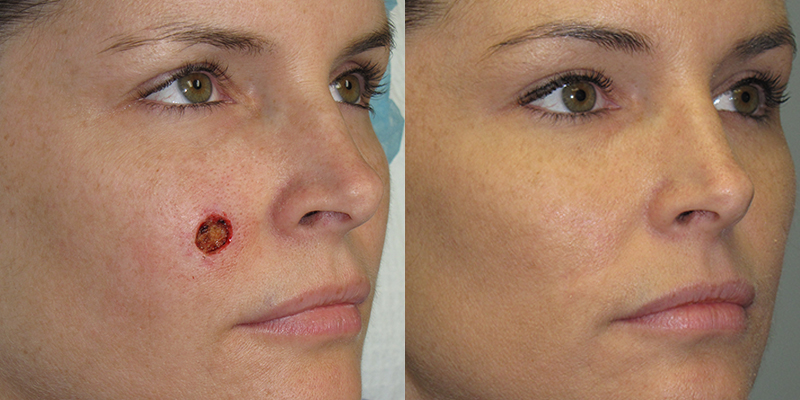
Importance of Consultation
Discussing potential risks with a healthcare provider is crucial before undergoing surgery. They will explain what to expect and how to manage any complications that arise. Understanding these risks helps patients make informed decisions about their treatment options.
Recovery and Post-Surgery Care
Wound Care
Doctors recommend keeping the treated area clean and dry. Use mild soap and water to gently cleanse the wound. Pat it dry with a clean towel. Apply any prescribed ointments to prevent infection. Cover the wound with a sterile bandage.
Activity Restrictions
Limit physical activities for a few days after surgery. Avoid heavy lifting or strenuous exercise that might stress the affected area. Rest helps the body heal faster.
Pain Management
e discomfort is normal after surgery. Over-the-counter pain relievers can help manage pain. Follow your doctor’s advice on medication use.
Monitoring for Infection
Watch for signs of infection at the surgical site. These include redness, swelling, or pus discharge. Fever can also indicate an infection. Contact your doctor if you notice these symptoms.
Follow-Up Appointments
Attend all scheduled follow-up appointments. Doctors will check how well the wound is healing. They may remove stitches during these visits.
Long-Term Skin Care
Protecting your skin from further damage is crucial. Use sunscreen with high SPF when going outdoors. Wear protective clothing like hats and long sleeves.
Surveillance for New Signs
Regularly inspect your skin for new signs of cancer. Look for changes in moles or new growths on healthy areas of skin. Early detection improves treatment outcomes.
Closing Thoughts
Understanding skin cancer removal is crucial for your health. The various procedures, from Mohs surgery to lymph node removal, each have their unique benefits and risks. Post-surgery care is essential for a smooth recovery. By knowing what to expect, you can make informed decisions and manage your treatment effectively.
Stay proactive about skin health. Regular check-ups and early detection are key. If you notice any changes in your skin, consult your dermatologist immediately. Your vigilance could be life-saving. Take charge of your health today—schedule that appointment and stay informed.
Frequently Asked Questions
What is Mohs Micrographic Surgery?
Mohs Micrographic Surgery is a precise procedure for removing skin cancer. Surgeons remove thin layers of skin and examine them until no cancer cells are detected. This method ensures minimal tissue loss.
How does electrosurgery work for skin cancer?
Electrosurgery uses electrical currents to destroy cancerous cells. It’s often combined with curettage, where the tumor is scraped away. This method is effective for superficial skin cancers.
What are the risks associated with skin cancer surgery?
Risks include infection, scarring, and changes in skin sensation. Some procedures may also result in bleeding or allergic reactions to anesthesia. Always discuss potential risks with your doctor.
How long is the recovery time after skin cancer surgery?
Recovery time varies by procedure and individual health. Most patients heal within a few weeks. Follow post-surgery care instructions closely for optimal healing.
Why might lymph node removal be necessary in skin cancer treatment?
Lymph node removal checks if cancer has spread beyond the primary site. If cancer cells are found in the nodes, further treatment may be needed to prevent recurrence.
What does wide excision involve?
Wide excision involves removing the tumor along with some surrounding healthy tissue to ensure all cancer cells are eliminated. This method helps prevent recurrence but may require skin grafting.
Can you explain what curettage involves?
Curettage involves scraping off the tumor using a special instrument called a curette. It’s often paired with electrosurgery to destroy any remaining cancer cells, ensuring thorough treatment.



